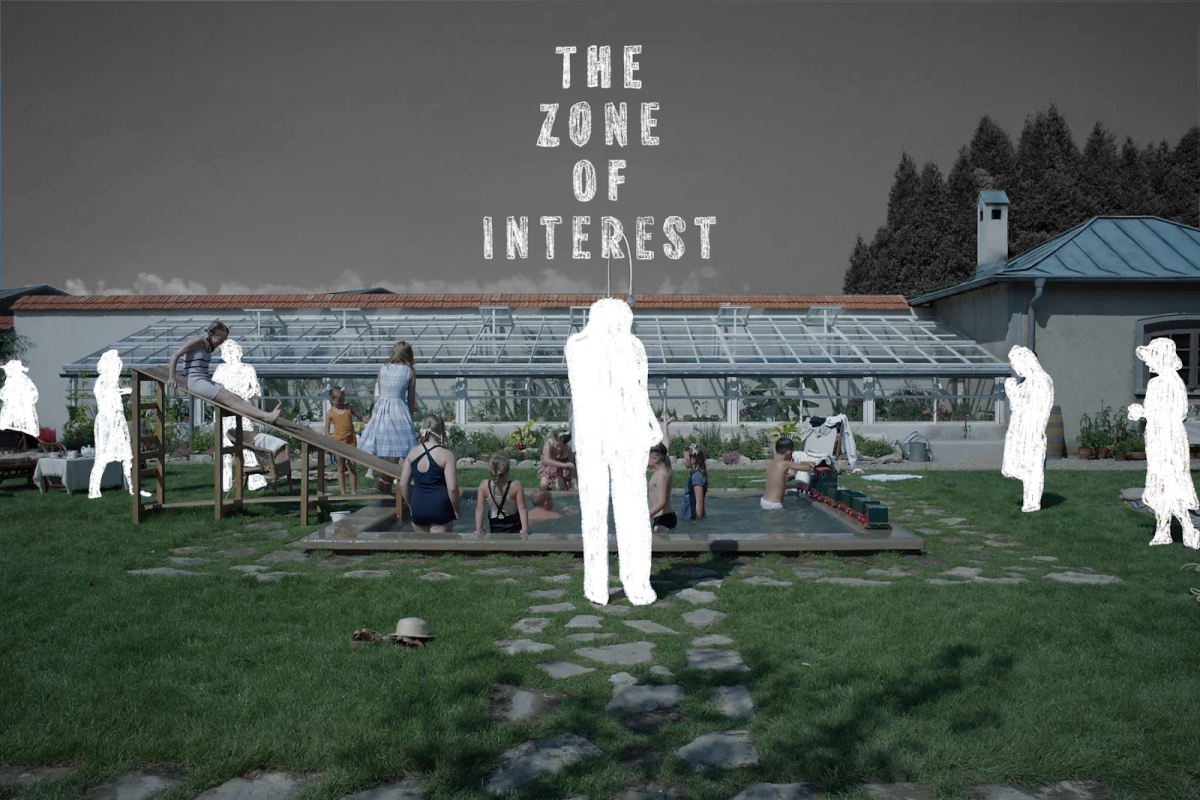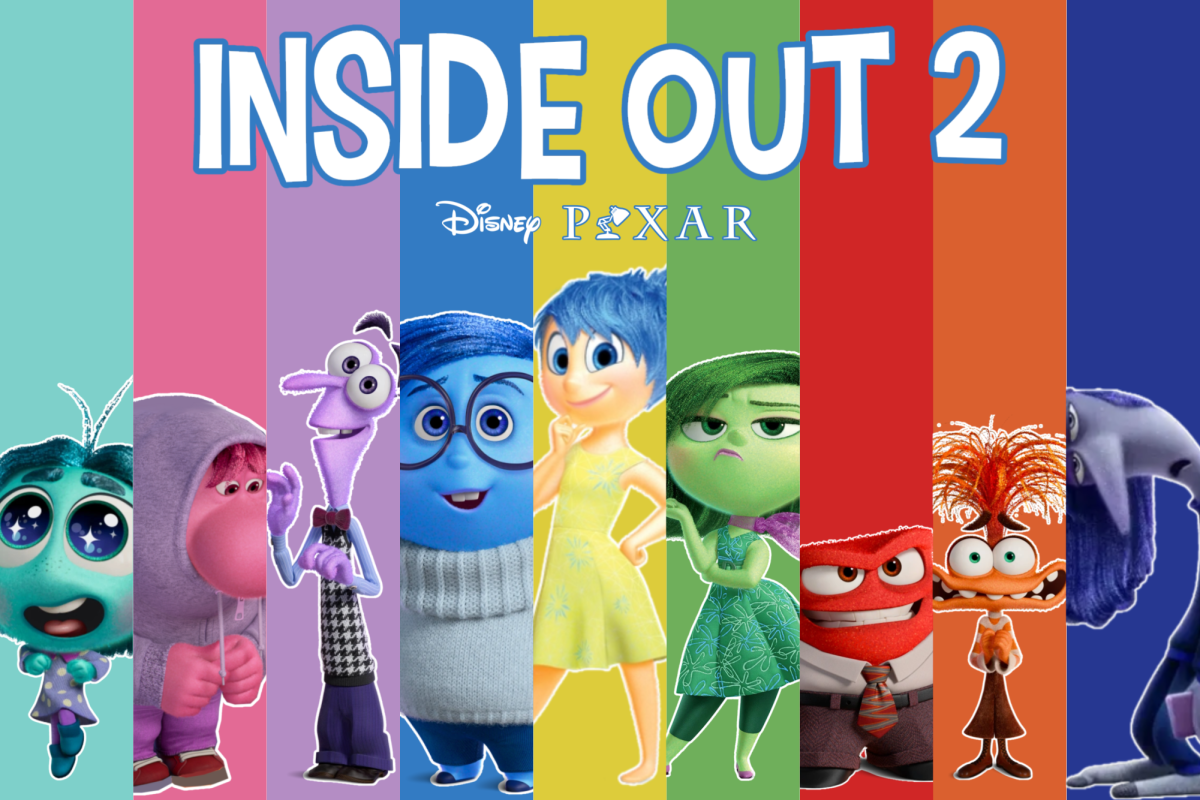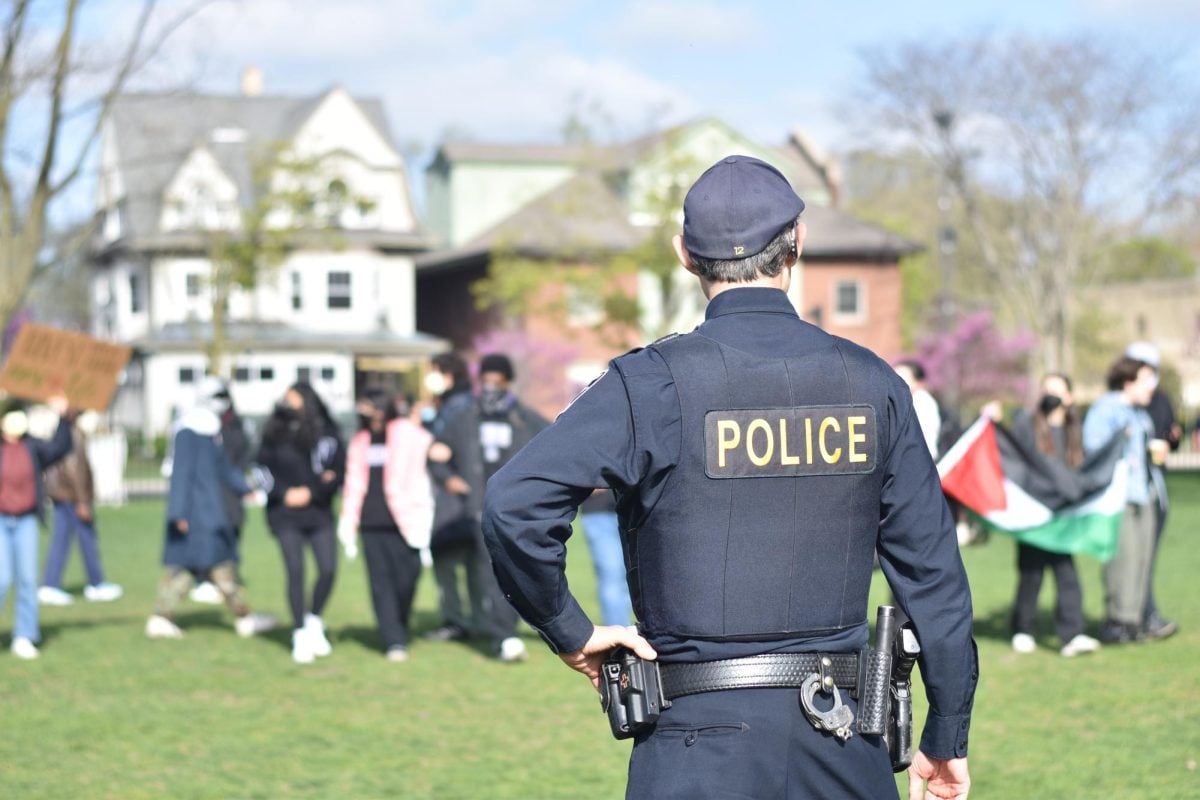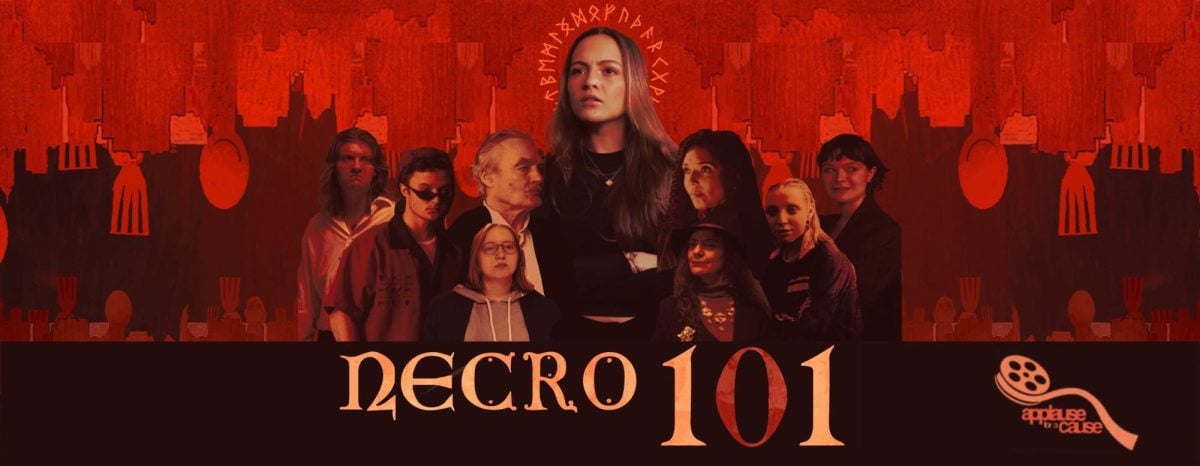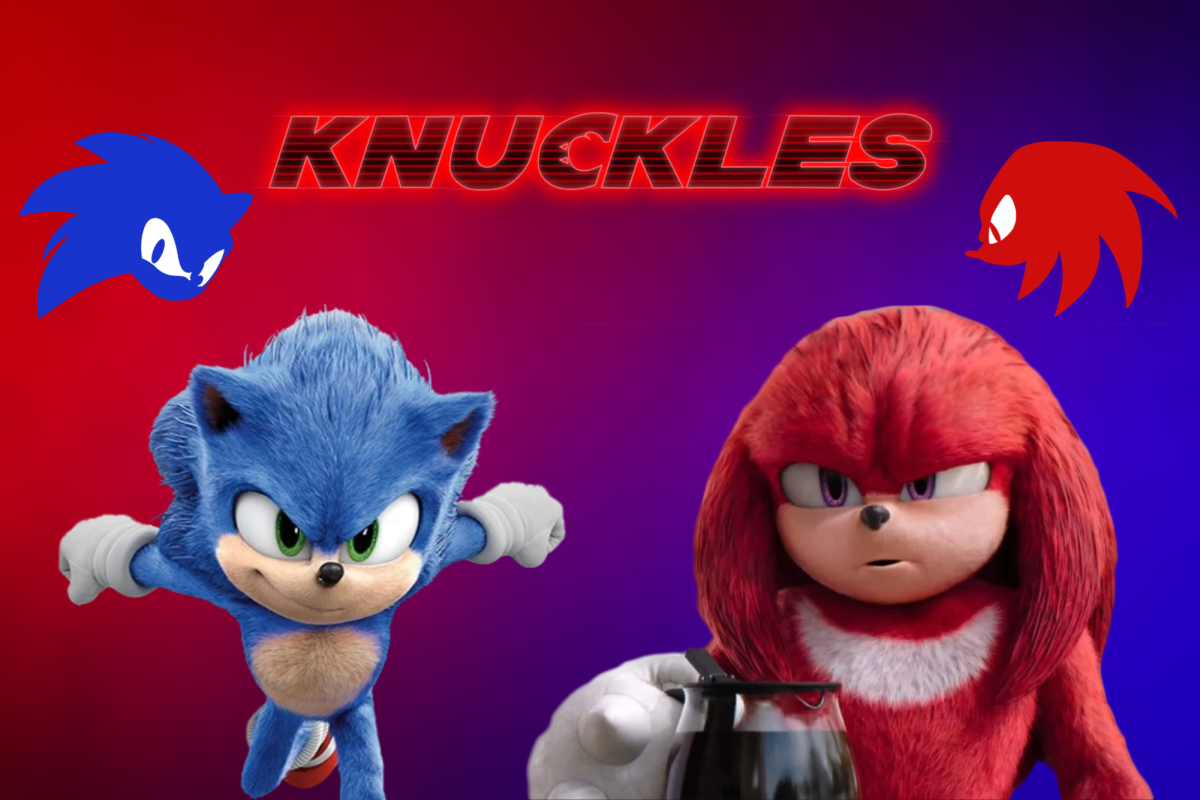Content Warning: This story contains mentions of death and genocide.
This review contains spoilers.
For this year’s Academy Awards, “The Zone of Interest” has received nominations in five categories: Best Picture, Best Director, Best Sound, Best International Feature Film and Best Adapted Screenplay. It is the United Kingdom’s submission for Best International Feature and the fourth feature film directed by Jonathan Glazer.
A finely executed arthouse movie, it displays the wicked indifference present in the Holocaust by depicting the family and work life of a cog in the Nazi machine. Glazer takes viewers on a journey to explain why these tragedies occur through evocative artistic choices.
Set in 1940s Poland, “The Zone of Interest” follows Rudolf (Chrisitan Friedel) and Hedwig Höss (Sandra Hüller) as they go about their quotidian lives in their illustrious cottage-style home.
While their daily activities appear aesthetically mundane, a disturbing reality is quickly unearthed: Rudolf Höss is the commandant of Auschwitz, a Nazi concentration camp.
The Höss family home sits just feet away from the walls of the camp. The vileness of Nazi uniforms contrasted with the natural beauty of the surrounding rivers and meadows is upsetting — even distressing.
Many of the film’s shots feature a minimal background of the camp’s infrastructure. The unbalanced ratio of the frames is suggestive of the behavior of the Höss family; While systematic mass murder surrounds them at all times — and enables their lifestyle — they refuse to acknowledge the ever-present evil.
“The Zone of Interest” opens with a prolonged hold on a black screen. The audience is only allowed to experience the intimidating menace of the score, with droning sounds eerily and ominously surrounding the viewer.
While Glazer never shows the operations of Auschwitz, the horrifying sounds of screams and industrial noises serve as a reminder of the crimes Rudolf Höss is responsible for.
The brilliance of “The Zone of Interest” lies almost completely in its presentation. Lacking any substantive plot, the movie is constantly self-examining, forcing viewers to balance what they see with what they are unable to see. The conflict between Höss’ matter-of-fact delivery, the seemingly innocent life the family leads and the terrors that are not shown is provoking.
One of the most adrenaline-inducing scenes comes when Höss accompanies two of his children down the river to swim. The camera cuts wide with Höss in the center of the river as a decaying corpse drifts towards him. Now fully enveloped, Rudolf reaches into the water to pull out a human jaw bone. He and his children have been swimming in the remains from the camp.
The scene plays like a cut from a horror movie as they frantically rush out of the river. Glazer aptly communicates that Höss’ fault is inescapable. The scene is fiercely upsetting.
Glazer emphasizes the benefits reaped by those who perpetrate despicable crimes. Nearly the entire film depicts the lavish lifestyle that Rudolf’s work has afforded the Höss family. The director seems very interested in communicating why he believes these terrible things happen: because there are people who profit from them.
In the final scene of the movie, Rudolf Höss begins walking down flights of stairs, experiencing a ruthless coughing fit. As he walks and wretches, the film begins to flash forward to the modern day Auschwitz as employees clean the glass-encased exhibits. The camera continues to cut back and forth from the cleaning to Höss’s worsening condition. Provoking and inconclusive, the finale is petrifying.
It is a bold choice to make an arthouse-style film about the Auschwitz concentration camp and the barbarity of the Holocaust. It is even more bold to portray these horrors via what is — on the surface — a family drama and work film. But bold choices make the lights bright. Glazer does not shy away from the lights and rises to the occasion, creating one of the best films of the year. It is a finely executed, daunting and horrifying metatextual movie.
Email: [email protected]
Twitter: @JacksonWeier
Related Stories:
— Timothée Chalamet, Keegan-Michael Key talk ‘Wonka’ in college journalist roundtable
— Reel Thoughts: ‘Mean Girls’ movie musical tries to have it both ways











